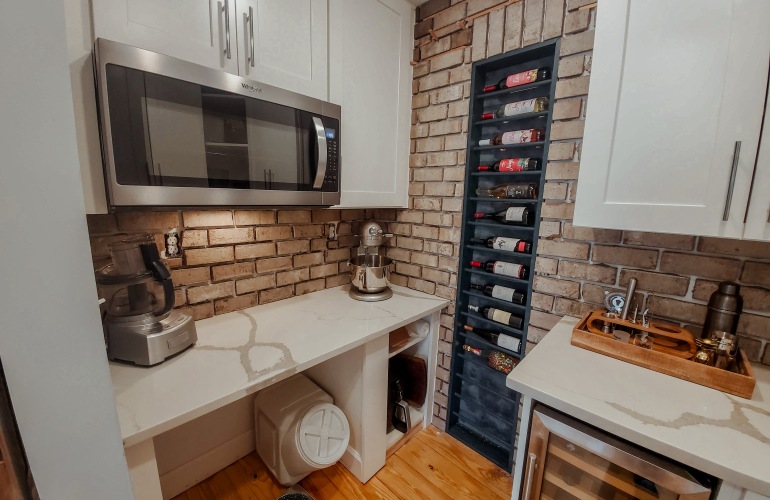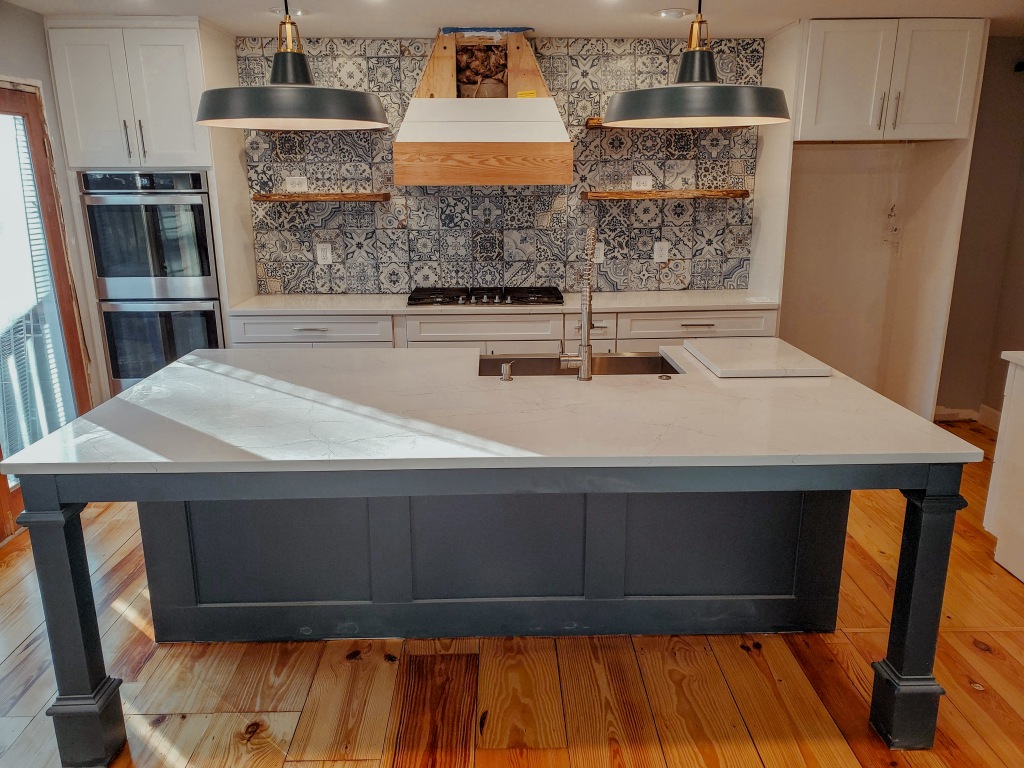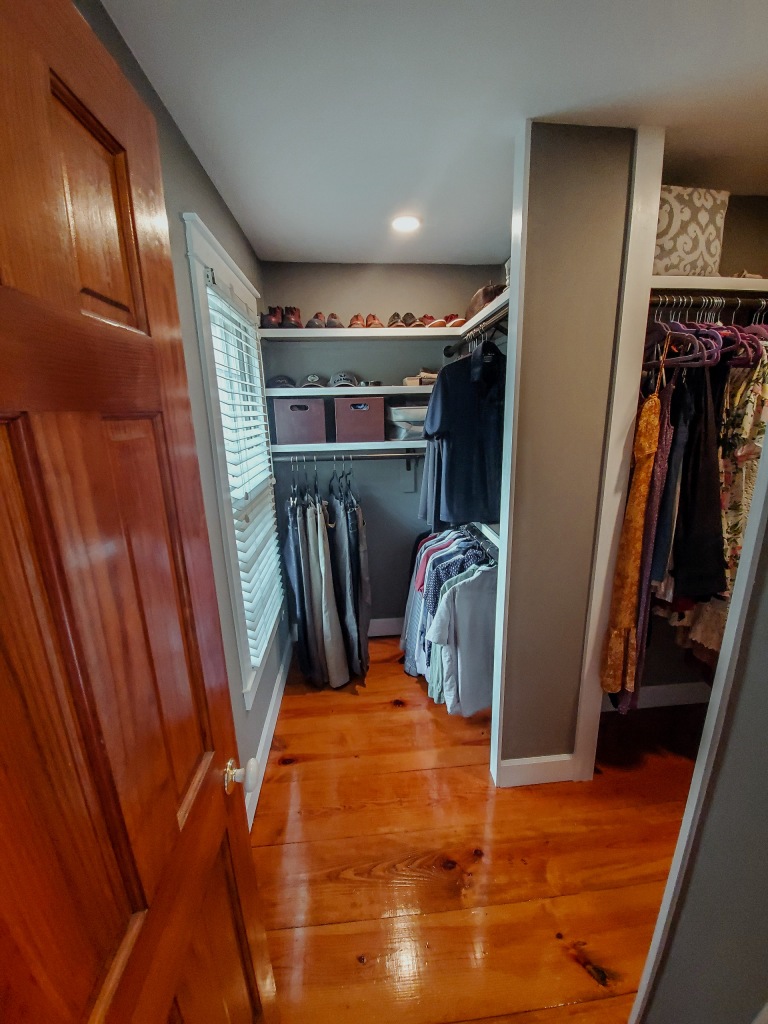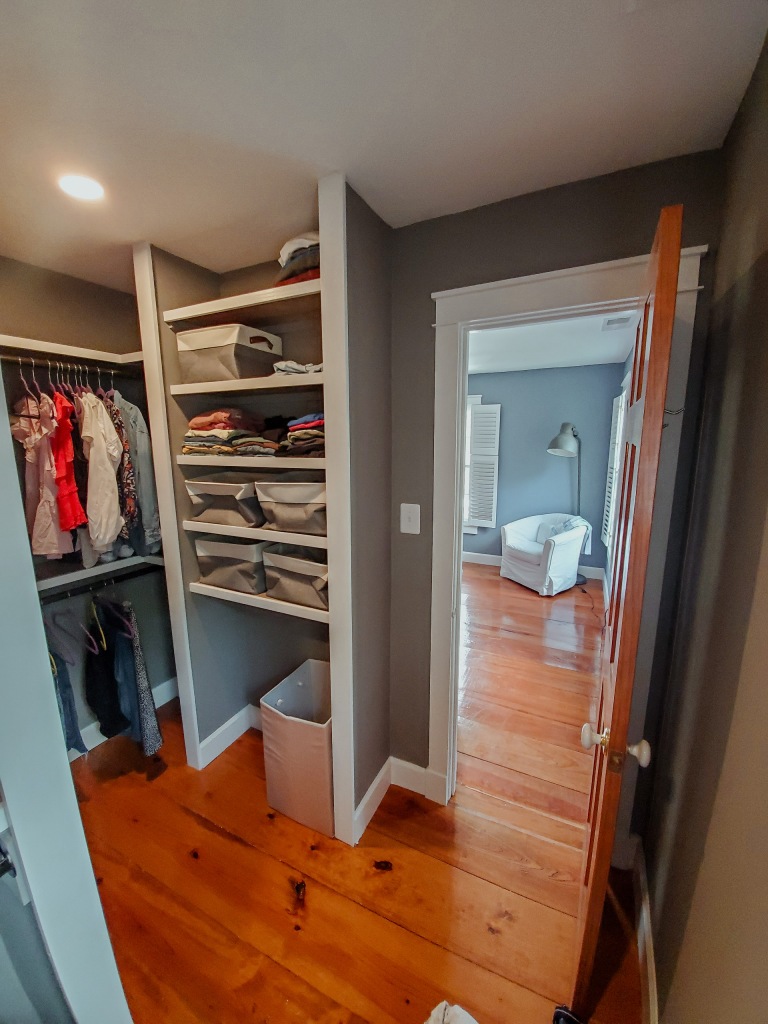Welcome back to another episode (post?) of things to look for when you’re walking through a potential new home. For a quick refresher, Andy is sharing his home walkthrough checklist that he uses when we walk new houses, which can be incredibly helpful if you’re in a competitive home buying market and a full home inspection could make or break your offer. If you missed our first post on this, would recommend checking it out first and then coming back here!
Today, Andy is sharing his lists for the kitchen, bathroom and attic. Potential red flags or damage in these areas is usually much easier to spot than others, but we’ve seen plenty of low-grade “renovations” that hide big problems behind cosmetic changes. This checklist will help you know what to spot, if it’s serious and what it could mean for your budget if you decide to make an offer.

Kitchen
- Appliances: Check the age of every appliance. If any of them are seven years or older, they’re at risk of breaking at any time, so budget for a replacement. You could also ask the seller to provide a home warranty to cover the cost for replacements if it’s really dire.
- Water Damage: Check under the sink cabinet for any leaks or water damage to the cabinet. Some flooring is more prone to water damage such as hardwood. Look around the sink, the water dispenser by the refrigerator, or the end of cabinets where water could have splashed up against the sides.
Bathrooms
- Mold: Don’t get too scared about surface level mold. It’s never great, but some elbow grease and bleach will take care of it. However, cracked caulking and mold together can be signs that the current owners are not maintaining the bathroom and water could be getting behind the walls and causing more serious damage.
- Water Damage: Look under the sink. If a past homeowner has done some sub-par DIY work, it usually surfaces with the plumbing under the sink. Check the bottom of the cabinet for water damage and if the pipes look funky, chances are they are and it’s a red flag.
- Pipes Under the Sink: Identify whether the pipes under the sink are copper, CPVC or PEX. Copper is typically in older homes and they can form pinhole leaks over time, although you can keep them if they’re in good condition. PEX had a few bad years with faulty products, but newer pipes are top of the line, so if you’re concerned, ask when they were most recently changed. CPVC is usually the safest and best bet, as long as they look to be in good condition.
Attic
- Roof: Chances are you won’t be going up during an open house, but it’s good to look at the underside of the roof for signs of water damage or mold to give you an idea on the roof condition. If you see extensive damage to the roof on the inside of the attic or outside the house, you might be able to work a new roof into the deal from the seller.
- Trusses: Look for any trusses that might not be straight or are cracking as these are a structural concern and worth talking to an engineer about before making an offer.
- Insulation: Check that there is insulation in the attic and that it is more or less evenly distributed. If it’s not, it could affect energy efficiency and comfort. It’s not that expensive to fix if you need to, but worth noting if you aren’t having a formal home inspection and not in a crazy seller’s market.
Check back soon for our final checklist of the group: the basement! What are your walkthrough stories? Anything you caught or didn’t catch that impacted your home buying experience?





















